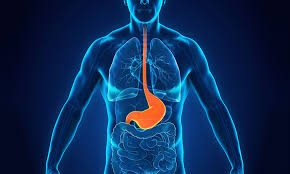Acid Reflux and Heartburn: More than just a burning feeling
Do you regularly experience a burning feeling in your chest after meals? Or perhaps when you go to bed, you get a bitter or sour taste in your throat? You are not the only one. Acid reflux and heartburn are listed as one of the top ten most common digestive problems among the causes of millions of people who suffer in silence daily. Seeking a professional acid reflux treatment is the first step toward lasting relief.
As a liver specialist and gastroenterologist, I consider acid reflux not only as a temporary discomfort but also as an indication of the overall state of your digestive system. Although most people use over-the-counter antacids to relieve the symptoms, a condition called GERD (Gastro-oesophageal Reflux Disease)—which is characterised by persistent reflux—should be professionally checked to be free from its complications in the long run.
